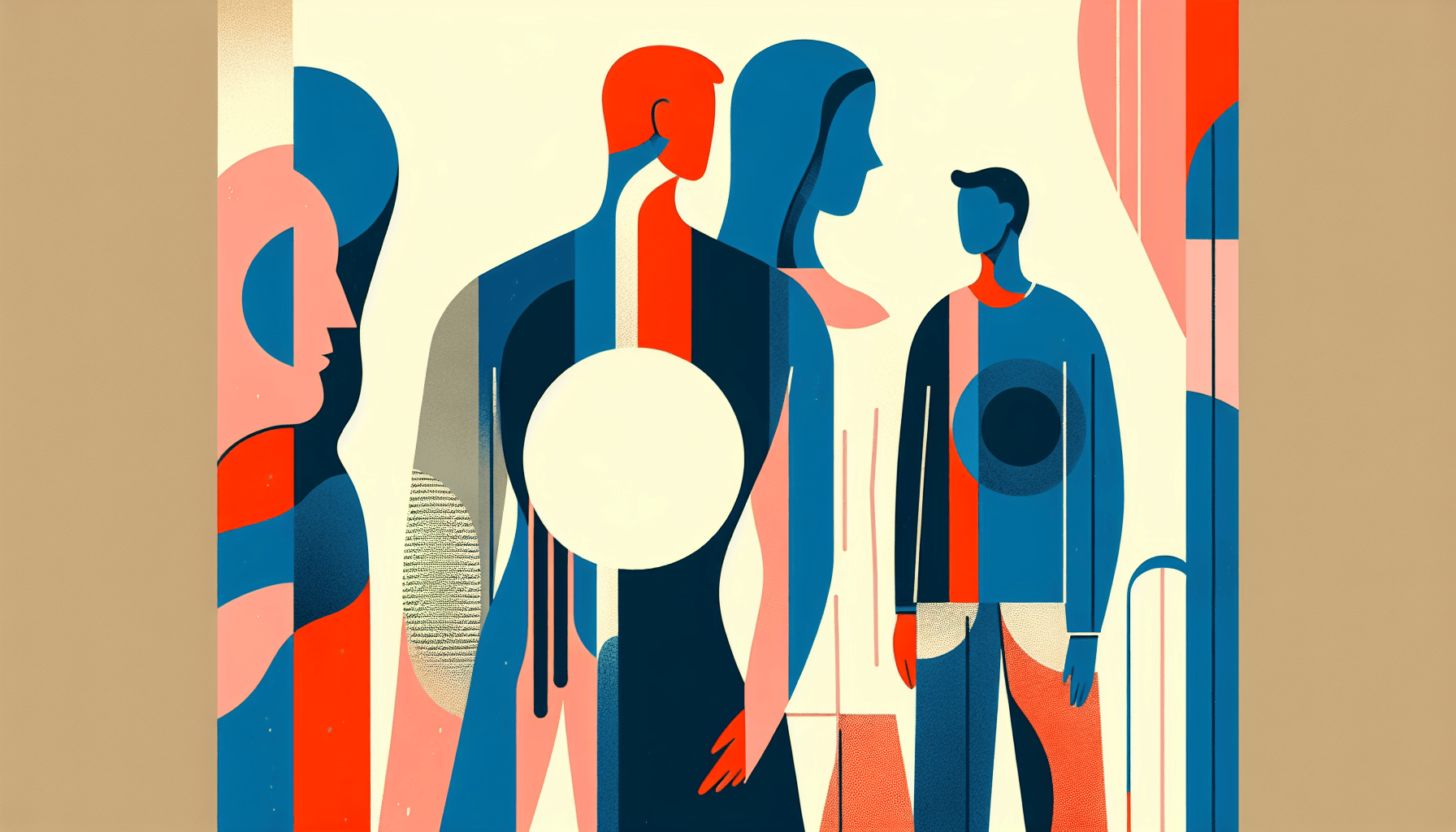Tirzepatide for Sleep Apnea - Can It Help?
Understanding Sleep Apnea and Its ChallengesSleep apnea is a common yet serious sleep disorder characterized by repeated interruptions in breathing during sleep. These pauses [...]
Read More
Medically reviewed by Abhijit Bhattacharyya | MD, PhD, MBA, Tufts University School of Medicine - Miami, Florida on March 2nd, 2024.
As men age, it's common for the prostate gland to grow larger. This condition, known as Benign Prostatic Hyperplasia (BPH), can lead to various urinary symptoms. While BPH is not cancerous and doesn't increase the risk of prostate cancer, it can significantly impact a man's quality of life. In this article, we'll explore the causes, symptoms, diagnosis, and treatment options for BPH.
The exact cause of BPH is not fully understood, but it is believed to be related to hormonal changes that occur as men age. The prostate gland experiences two growth phases: one during puberty and another starting around age 25. For some men, this second growth phase continues throughout their lives and may lead to BPH.
As the prostate gland enlarges, it can squeeze the urethra, causing various urinary symptoms. These may include:
Weak urine stream
Difficulty starting urination
Dribbling at the end of urination
Frequent urination (more than eight times a day)
Urgent need to urinate
Waking up several times at night to urinate
Feeling like the bladder is not completely empty after urination
It's important to note that the severity of symptoms does not always correlate with the size of the prostate. Some men with very large prostates may have few symptoms, while others with smaller prostates may experience significant discomfort.

To diagnose BPH, your doctor will typically start with a discussion about your medical history and a physical exam, which may include a digital rectal exam to assess the size and shape of your prostate. Additional tests may be ordered, such as:
Blood tests to check for kidney problems
Urine tests to look for infections or other issues
Prostate-Specific Antigen (PSA) blood test to screen for prostate cancer
Ultrasound to measure prostate size and bladder function
Urine flow test to evaluate the strength of your urine stream
Cystourethroscopy to examine the inside of the prostate, urethra, and bladder
Treatment for BPH depends on various factors, including age, overall health, prostate size, and the severity of symptoms. Some treatment options include:
For mild symptoms, lifestyle changes may be recommended, such as:
Performing pelvic floor muscle exercises
Reducing fluid intake, especially before bedtime or going out
Limiting caffeine and alcohol consumption
For moderate symptoms, medications may be prescribed to relax the muscles in the prostate and bladder or to shrink the prostate. Sometimes, a combination of medications is necessary to achieve the best results.
If lifestyle changes and medications are not effective, minimally invasive procedures may be recommended. These include:
Transurethral Microwave Therapy (TUMT)
Rezum (water vapor therapy)
Laser therapy
UroLift system
In some cases, surgery may be necessary to remove part or all of the prostate gland. Surgical options include:
Transurethral Resection of the Prostate (TURP)
Transurethral Incision of the Prostate (TUIP)
Open or robotic prostatectomy
It's essential to discuss the potential side effects and complications of each treatment option with your doctor, as they may include bleeding, urethral stricture, urinary incontinence, erectile dysfunction, and retrograde ejaculation.
While BPH can be a challenging condition to manage, there are many effective treatment options available. By working closely with your healthcare provider, you can find the best approach to alleviate your symptoms and improve your quality of life. Remember, early detection and intervention can help prevent complications and ensure the best possible outcome.
For more information on BPH, visit:
Understanding Sleep Apnea and Its ChallengesSleep apnea is a common yet serious sleep disorder characterized by repeated interruptions in breathing during sleep. These pauses [...]
Read MoreHeart attacks are often perceived as a predominantly male health issue, but the reality is that heart disease is the leading cause of death for women worldwide. Recognizing [...]
Read MoreTelehealth has transformed the way patients access healthcare, offering convenience, speed, and accessibility that traditional in-person visits often cannot match. With the [...]
Read More